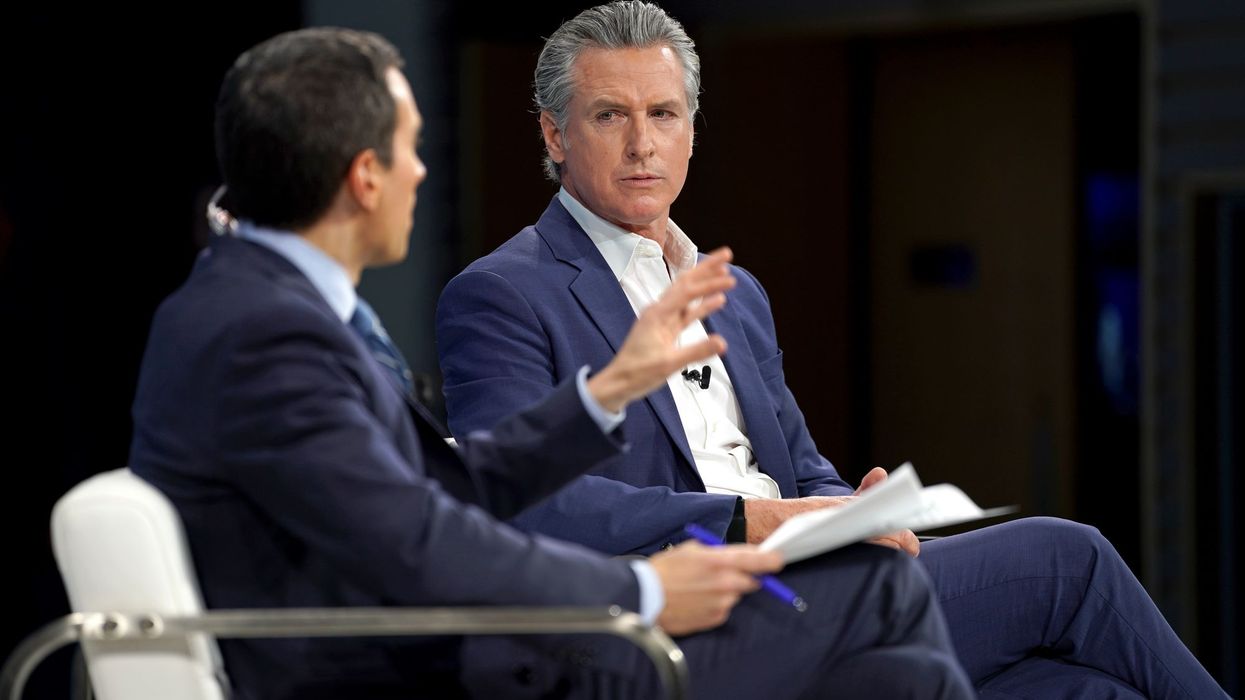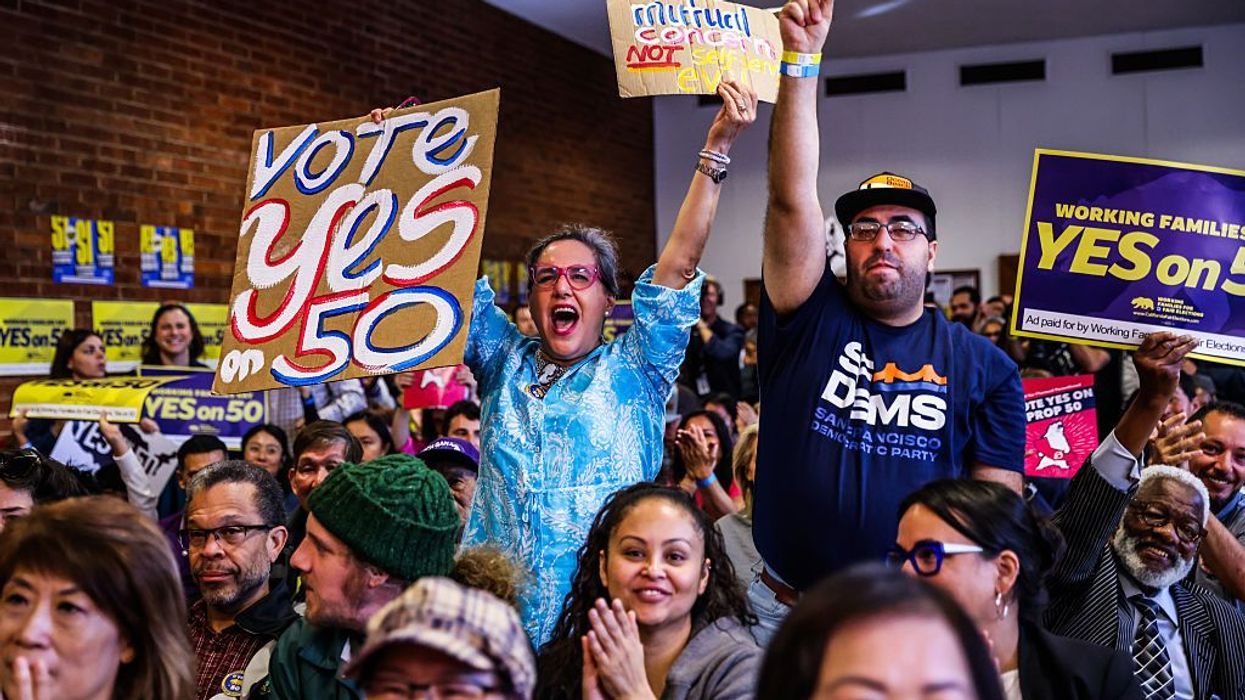'A Good Day for Our Democracy': Judge Orders Trump to End National Guard Deployment in LA
"For more than five months, the Trump administration has held California National Guard troops hostage as part of its political games," said California's attorney general. "But the president is not king."
In a win for Democratic California Gov. Gavin Newsom, state Attorney General Rob Bonta, and the residents of Los Angeles, a federal judge on Wednesday ordered President Donald Trump to stop deploying the National Guard in the nation's second-largest city.
"The founders designed our government to be a system of checks and balances," wrote US District Judge Charles Breyer, an appointee of former President Bill Clinton. "Defendants, however, make clear that the only check they want is a blank one."
Trump mobilized around 4,000 California National Guard troops in June amid protests against his violent crackdown on undocumented immigrants. Since then, the Republican leader has also pursued deployments in other Democrat-led cities, including Chicago, Illinois; Portland, Oregon; and Washington, DC, where two soldiers were recently shot.
The new ruling from San Francisco-based Breyer comes as the administration was cutting troops in LA from 300 to 100, according to the New York Times.
"Once again, a court has firmly rejected the president's attempt to make the National Guard a traveling national police force."
"Six months after they first federalized the California National Guard, defendants still retain control of approximately 300 guardsmen, despite no evidence that execution of federal law is impeded in any way—let alone significantly," the judge said. "What's more, defendants have sent California guardsmen into other states, effectively creating a national police force made up of state troops."
After ruling in September that Trump's deployment of Marines in Los Angeles violated the 1878 Posse Comitatus Act, the judge on Wednesday blocked the president's federalization of California National Guard troops—but he also halted his own decision until next Monday, allowing for appeals.
Despite the prospect that the Trump administration would continue the court fight, Bonta and Newsom—who is expected to run for president in 2028—welcomed the ruling.
"Once again, a court has firmly rejected the president's attempt to make the National Guard a traveling national police force," Bonta said in a statement. "For more than five months, the Trump administration has held California National Guard troops hostage as part of its political games."
"But the president is not king. And he cannot federalize the National Guard whenever, wherever, and for however long he wants, without justification," the attorney general declared. "This is a good day for our democracy and the strength of the rule of law."
In addition to battling Trump's invasion of LA, Bonta has backed lawsuits filed by Illinois Attorney General Kwame Raoul, Oregon Attorney General Dan Rayfield, and DC Attorney General Brian Schwalb challenging the president's deployments in their cities and filed an amicus brief with the US Supreme Court for the Chicago fight.


